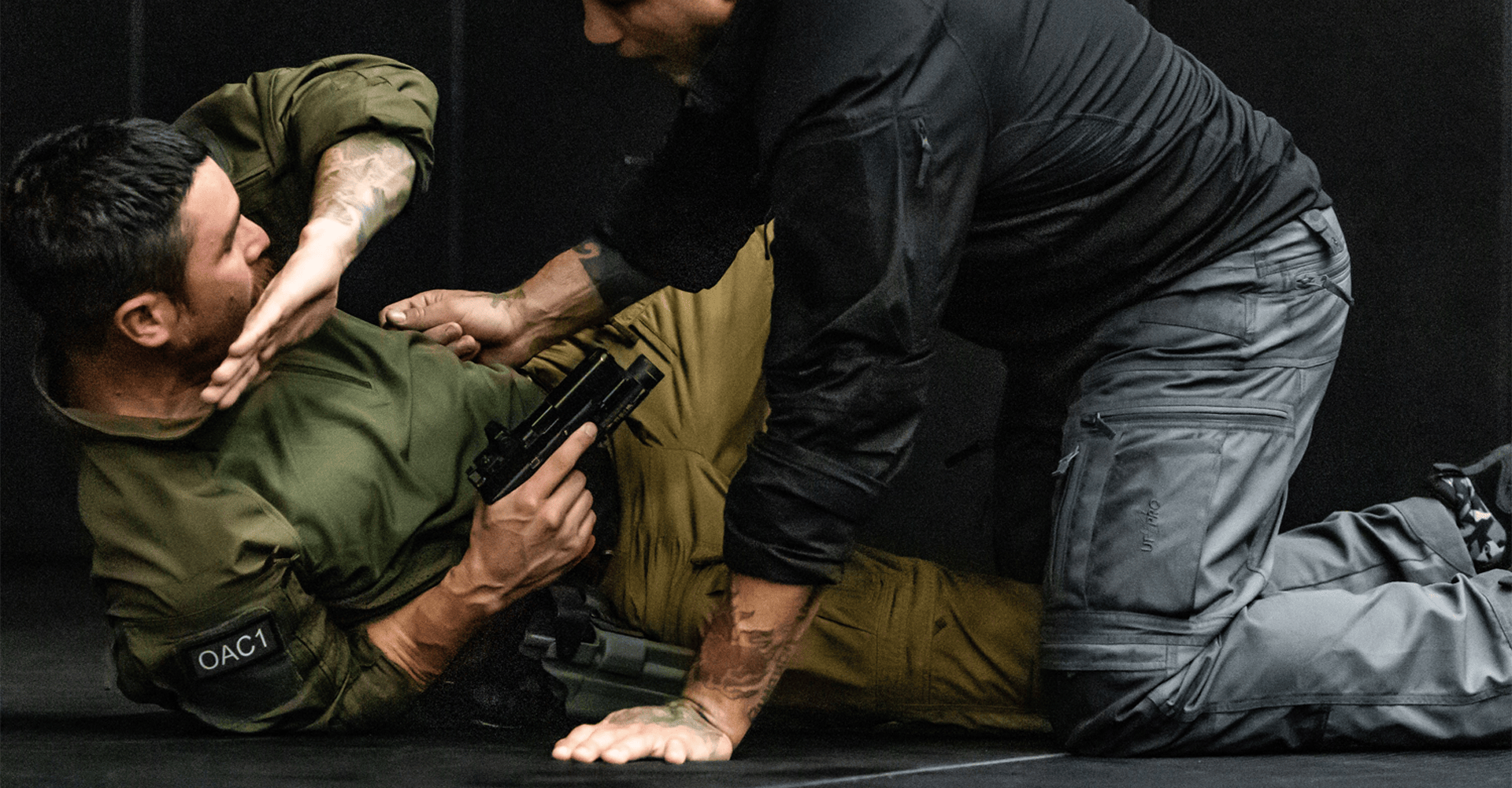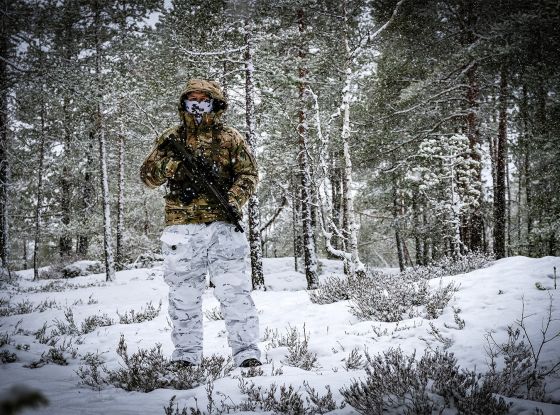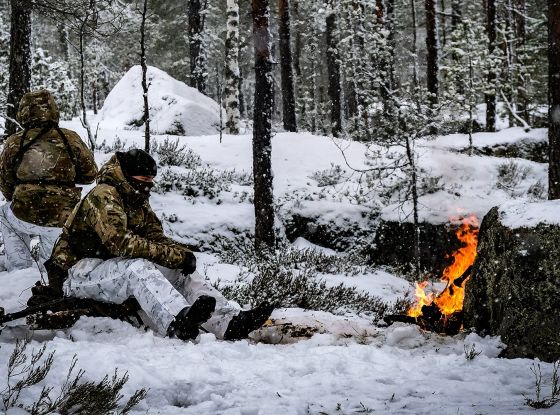When it comes to close-quarters combat (CQB), nothing is as simple as it looks on paper. At arm’s reach, you don't get second chances—and you can't always bet on the bigger weapon. Sure, a firearm brings firepower. But when a blade is already flashing and the distance is closing fast, real-life survival comes down to something else: timing, positioning, and ruthless efficiency. In this blog, we break down what really happens when a knife meets a gun at close range—and why the outcome isn’t as obvious as you might think.
In this blog post:
- Understanding the Reality of Close Combat
- The Tueller Drill: Understanding the Danger Zone
- Factors That Influence the Outcome
- Knife vs Gun: Advantages and Risks of Each Weapon
- Defensive Strategies That Increase Survival
- Training Essentials for Close-Quarters Battle (CQB)
- Real-World Truth: No Easy Wins
- Final Thoughts
Understanding the Reality of Close Combat
At a distance, a firearm clearly offers a significant advantage. But in extreme close quarters, things shift dramatically. A knife requires no chambering, no aiming—it's immediately lethal at arm's reach. A gun, on the other hand, requires time to draw, aim, and fire—time you may not have if an attacker is already closing in.
Success in a knife vs. gun encounter often comes down to three key elements:
- Distance and Timing: Space is survival. The closer the attacker, the less time there is to react effectively.
- Reaction Speed: The ability to recognize the threat and act without hesitation is critical.
- Weapon Retention and Control: Retaining your weapon in a grappling fight is just as important as deploying it.
The Tueller Drill: Understanding the Danger Zone
Developed by Lt. Dennis Tueller, the "21-Foot Rule" or Tueller Drill demonstrates that an average attacker armed with a knife can close a distance of 21 feet (6.5 meters) in about 1.5 seconds. That’s faster than most trained defenders can recognize the threat, draw their firearm, aim, and fire.
This concept shattered the myth that a firearm always guarantees safety. In reality, within close range, a knife-wielding attacker can reach and inflict serious harm before a defender can properly react.
To see this dynamic in action, check out our video on Knife vs. Handgun - A Reality Check, where we break down why reaction speed and distance are critical.
Factors That Influence the Outcome
Reaction Speed and Stress Response
The ability to identify a threat and respond instinctively—without freezing or overthinking—can mean the difference between survival and defeat. Under stress, cognitive function drops; only trained, practiced muscle memory remains reliable.
Distance Management
If a defender can maintain distance, a firearm offers a clear advantage. But if the gap is closed before the gun is deployed, the balance shifts in favor of the knife wielder. Movement—especially stepping offline or creating barriers—is critical to create the space needed to react.
Retention and Control
In a struggle, it's not uncommon for attackers to grab the defender's weapon. Learning to retain your firearm while under physical attack is essential. Otherwise, you risk losing control of your greatest asset. We go into detail about how to defend your firearm under pressure in this guide: Defending Against Gun Grabs: BJJ Techniques.
SUBSCRIBE TO UNLOCK OUR EXCLUSIVE CONTENT
Enter your email and get timely updates and relevant intel on tactical topics directly to your inbox.
You are signing up to receive updates via e-mail from which you can opt out at any time. Visit our privacy policy for more info.
Knife vs Gun: Advantages and Risks of Each Weapon
Firearm
Advantages:
- Stopping Power at Range: If you maintain distance, a gun offers the ability to neutralize a threat before they get close enough to strike.
- Psychological Deterrent: The presence of a firearm may cause an attacker to hesitate, retreat, or surrender before shots are fired.
Risks:
- Slow Deployment Under Pressure: Drawing a firearm during a sudden attack takes time—time you might not have if the attacker is already within striking distance.
- Weapon Retention: If the attacker grabs your firearm during the struggle, the situation can spiral fast. Your tool becomes theirs.
- Overreliance on Firepower: Confidence in carrying a gun can create false security. In tight quarters, physical skills and tactical movement matter just as much as marksmanship.
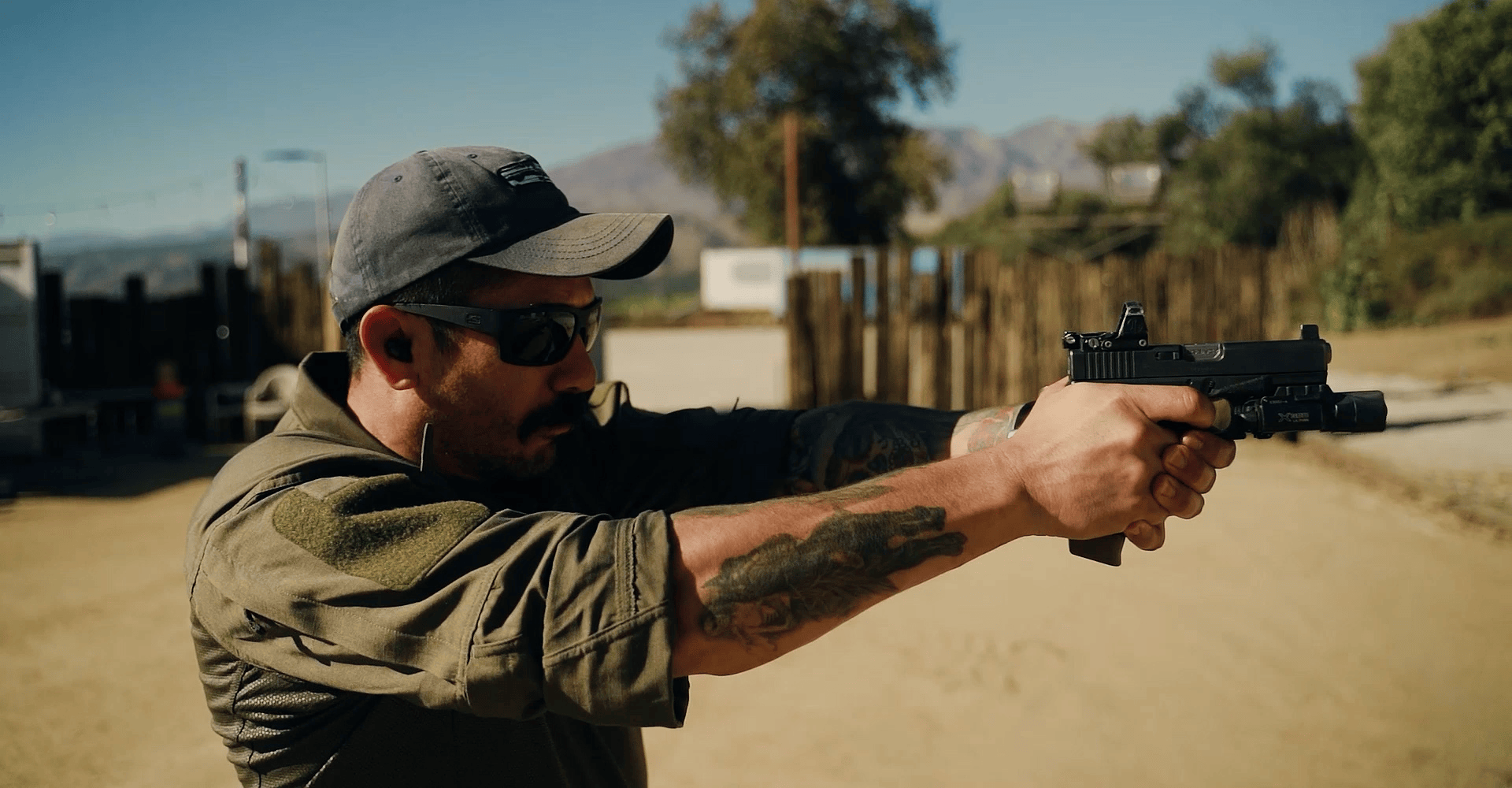
Knife
Advantages:
- Speed and Surprise: A knife requires no draw time. It can be deployed instantly in a confined space.
- Lethality at Close Range: At grappling distances, multiple rapid strikes can overwhelm an armed defender before they even access their weapon.
- Maneuverability: In tight, crowded spaces, a blade is faster and easier to maneuver than a firearm.
Risks:
- Limited Range: A knife is deadly only if the attacker can close the distance. Against a ready and aware defender with a firearm, that’s a dangerous gamble.
- Lack of Stopping Power at Distance: If the defender manages to draw and fire from even a few meters away, the knife wielder is at a serious disadvantage.
- Predictability Once Engaged: Once the attack is committed, the knife-wielder is locked into a path—giving a trained defender opportunities to counter, redirect, or disable.
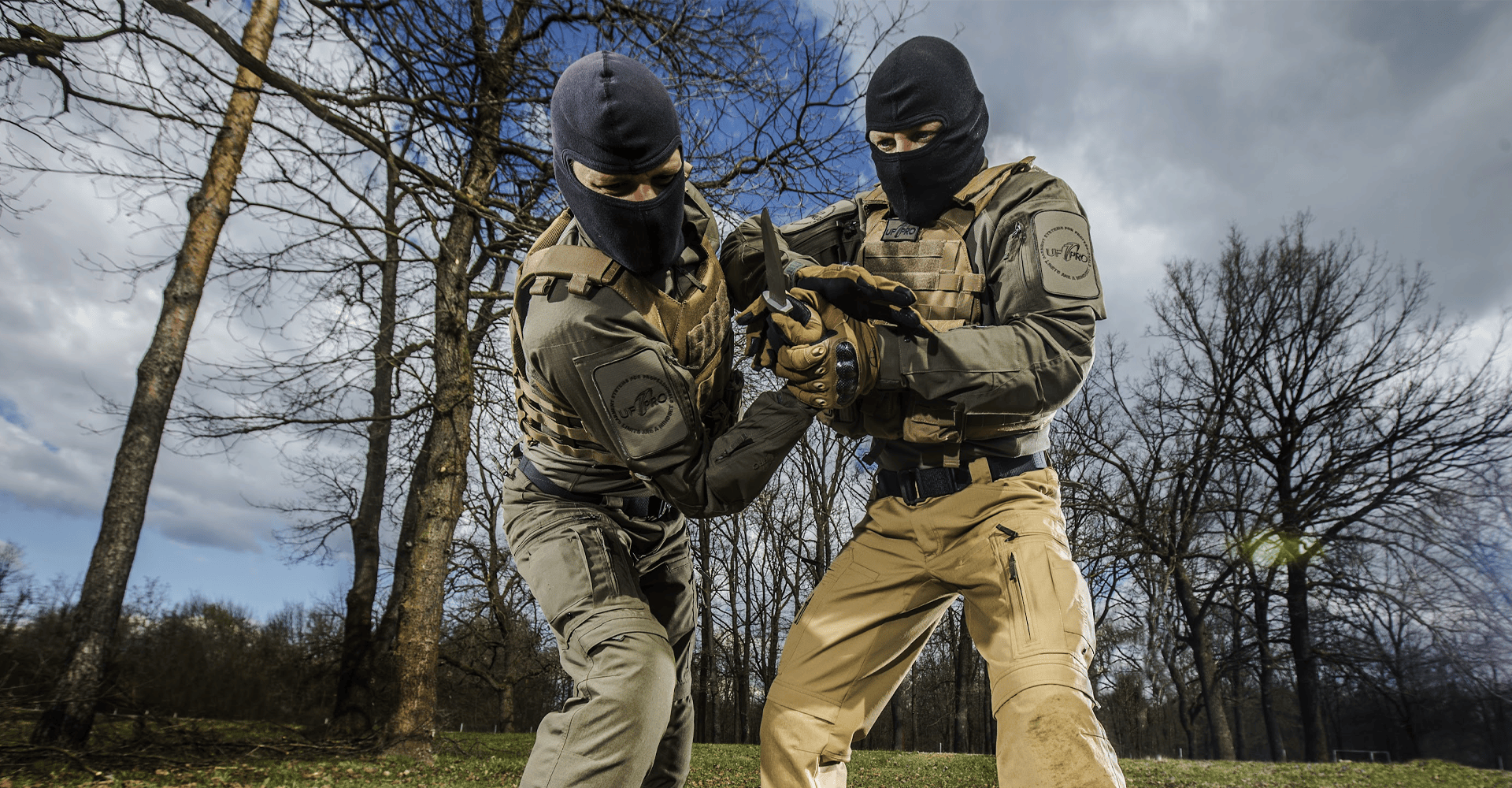
Defensive Strategies That Increase Survival
No matter which side of the encounter you're on, certain strategies can shift the odds in your favor.
- Movement Matters: Step offline, use obstacles, and avoid standing still. Movement buys time.
- Draw Under Pressure: Practice quick-draw techniques under realistic stress conditions.
- Retention Training: Learn close-range shooting and weapon retention to prevent your firearm from being grabbed.
- Hand-to-Hand Skills: Training in combatives (Krav Maga, BJJ, wrestling) helps you survive when weapons aren't an immediate option. Here’s a closer look at what happens when you're forced to face a knife with nothing but your bare hands: Knife vs. Bare Hands: Close-Quarters Combat.
- Use of Environment: Cover and obstacles can give you precious seconds to respond effectively.
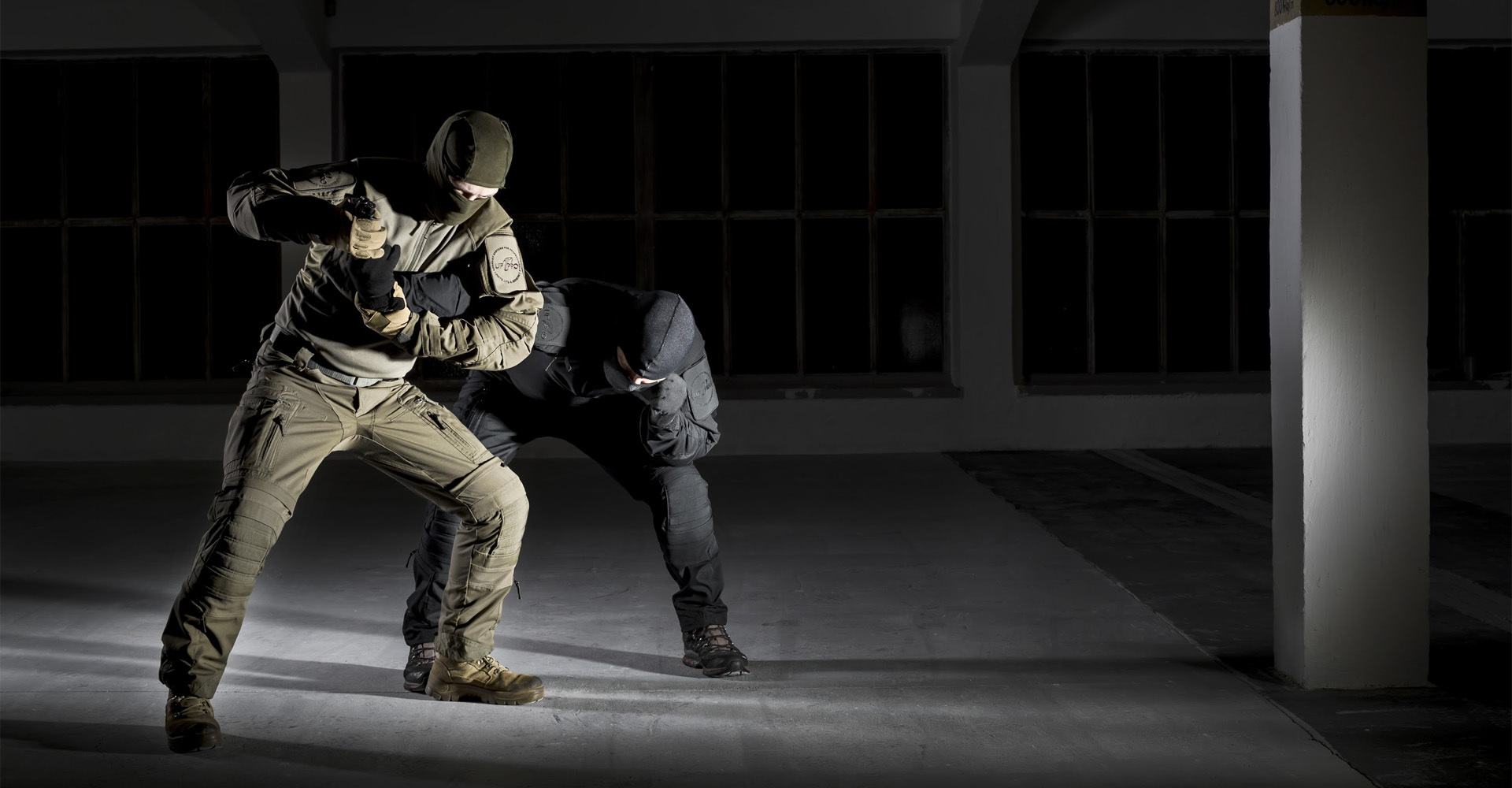
Training Essentials for Close-Quarters Battle (CQB)
Real survival isn't built in theory—it's forged in training that reflects reality. Here’s where to focus:
Live Scenario Drills
Force-on-force exercises, role-playing, and unpredictable stress drills hardwire reflexes for when it counts. Train for how fights really unfold—not how you wish they would.
Shooting from Retention
In close quarters, full extension isn’t an option. Learn to shoot from compressed positions with control and precision, protecting your weapon while creating space.
Using Cover to Your Advantage
Obstacles aren't just for defense—they're tools. Desks, walls, vehicles: learn to use your environment to break an attacker’s momentum and buy critical seconds.
Combatives and Ground Fighting
If your weapon fails—or is unreachable—you’ll need your hands. Disciplines like Krav Maga, Brazilian Jiu-Jitsu, and wrestling teach real-world survival skills in grappling range.
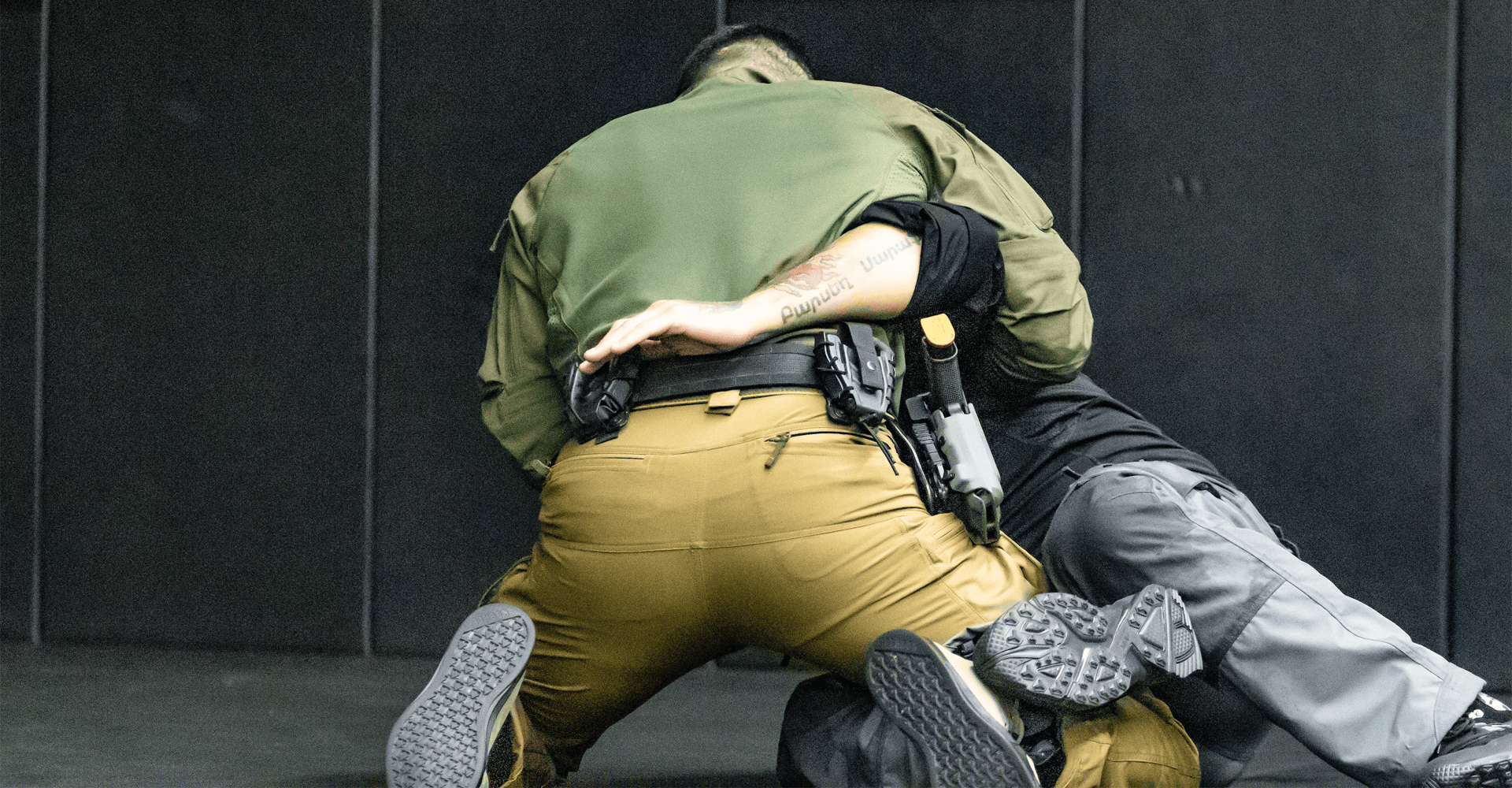
Real-World Truth: No Easy Wins
In a real encounter, nothing plays out cleanly. You might fumble the draw. You might slip. You might be fighting from the ground with one hand trapped. The winner isn’t the one with the best weapon. It’s the one who can fight through chaos, react without hesitation, and finish the fight when it counts.
Distance, reaction time, situational awareness, and aggression—these decide survival, not caliber or blade length.
Final Thoughts
In a knife versus gun encounter, there are no absolutes. Distance, timing, and training matter far more than the weapon itself.
A firearm offers power—but only if deployed correctly. A knife offers speed and proximity—but only if the gap can be closed. The deciding factor is often not what you carry, but how fast you recognize the threat, move, and act.

